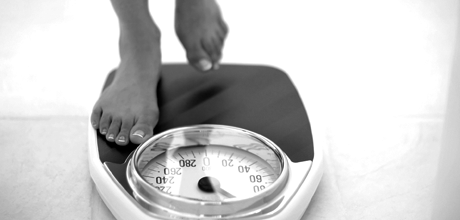Diet is the first port of call in the fight to stay healthy, and prevention is better than cure. Here are my top tips to keeping your immune system strong throughout the cold season:
- Fill up on a rainbow of fresh fruit and veggies so you’re getting all the vitamins you need. Immune-boosting vitamin C is the star of the show here. It’s especially high in kiwis, peppers, kale and leafy greens, citrus fruits, broccoli and berries.
- Garlic has antibacterial properties and has the antioxidant allicin, which helps counteract the effects of free radicals in the body.
- Chilli also has antioxidant properties as well as acting like a decongestant.
- Ginger is a good warmer as well as soothing the stomach.
- Stay hydrated and eat foods rich in soluble fibre such as avocado, tomatoes and other fresh fruits and veggies, plus insoluble fibre like brown rice and wholegrains.
- Zinc is another immune system booster. Fresh beef and baked beans are good sources.









